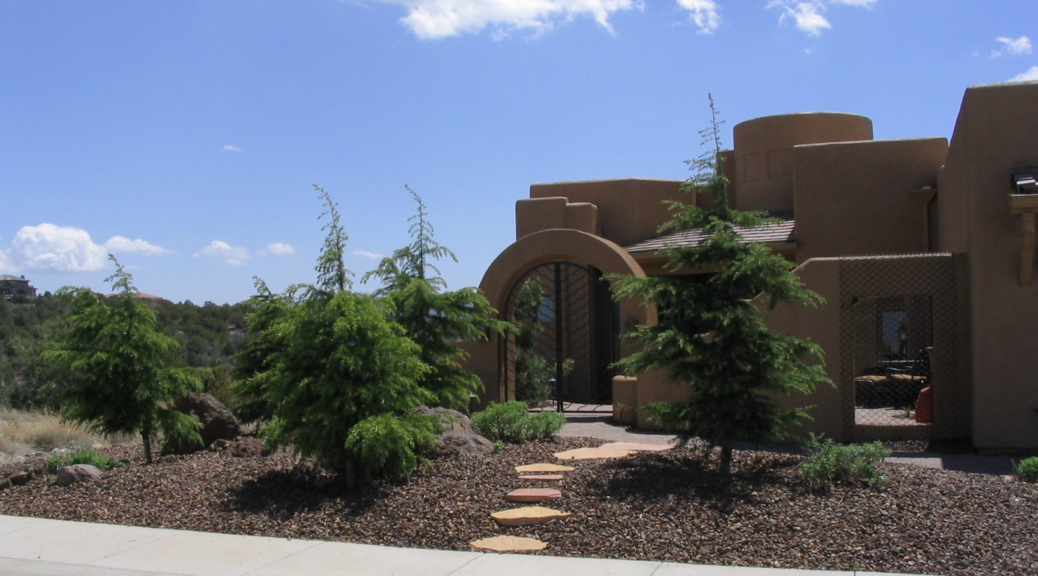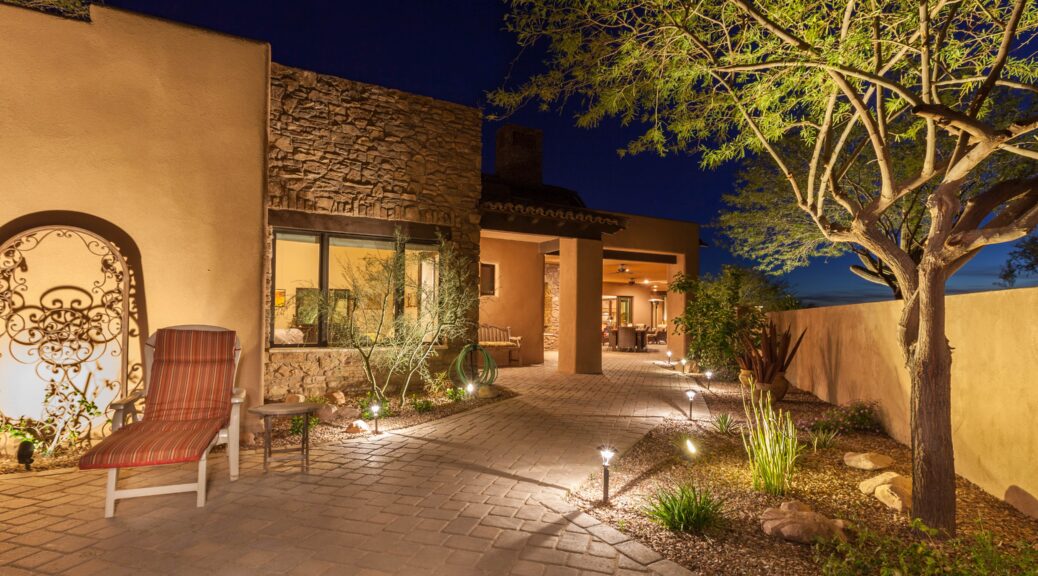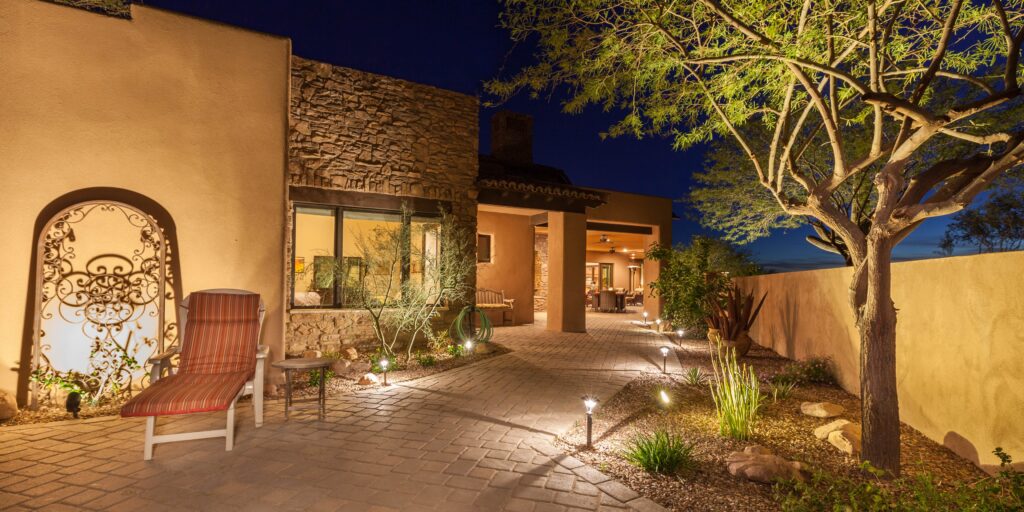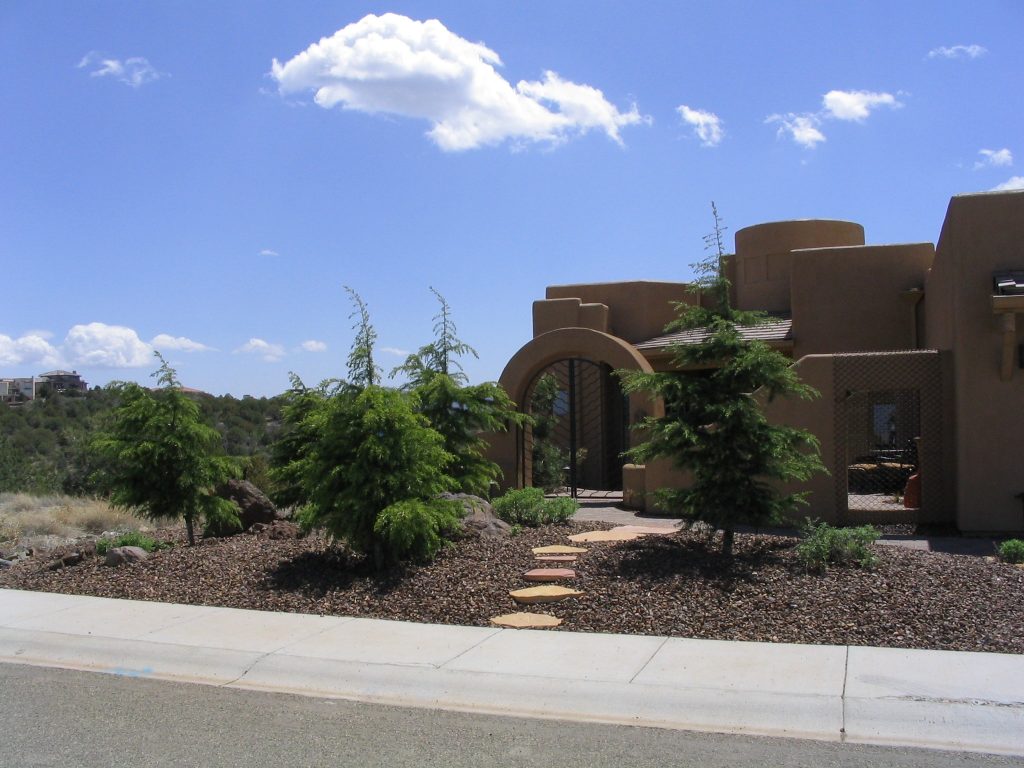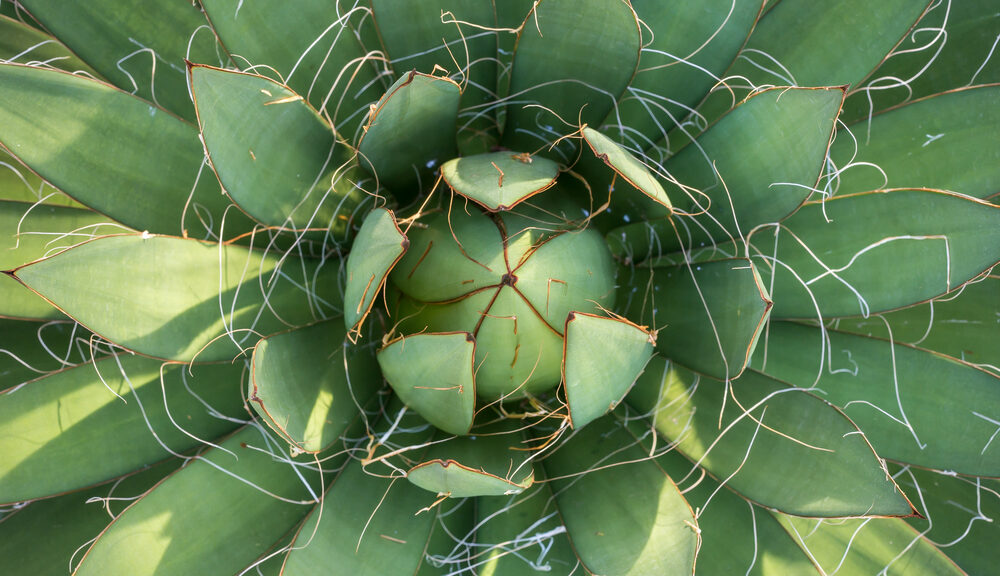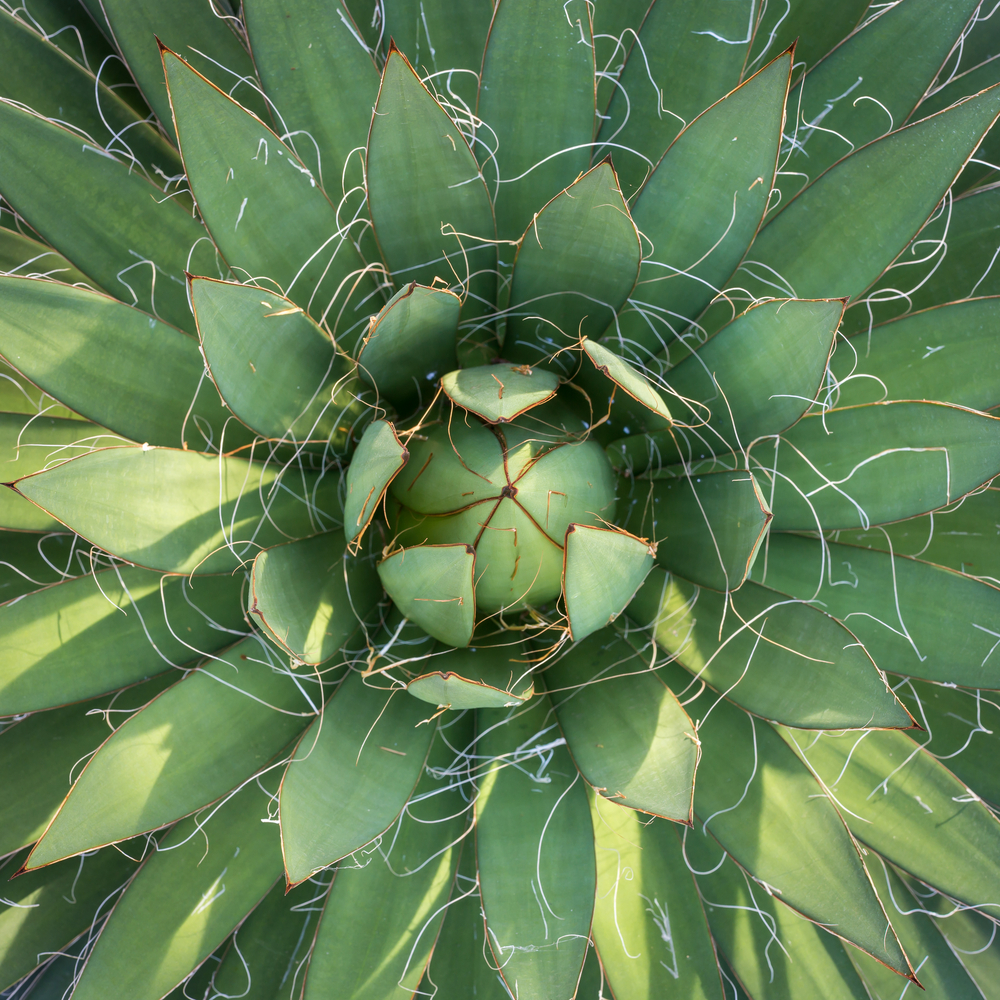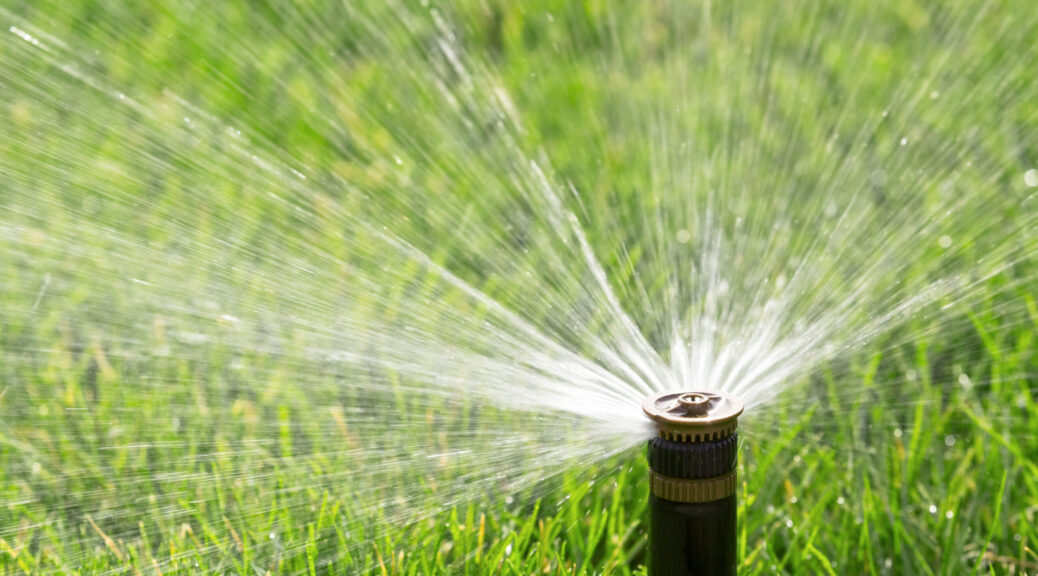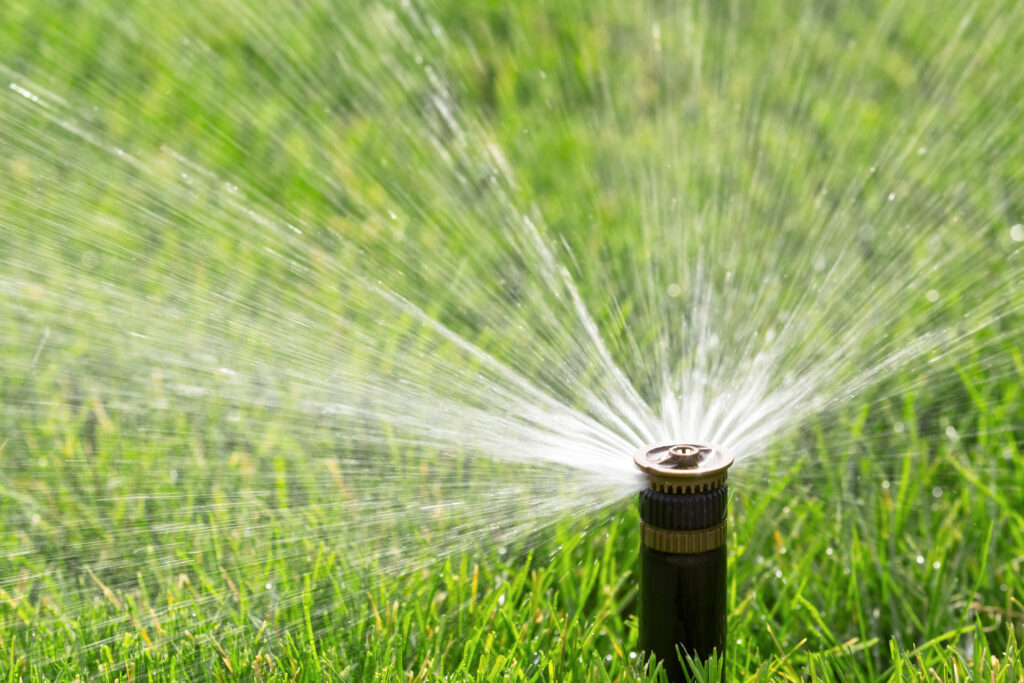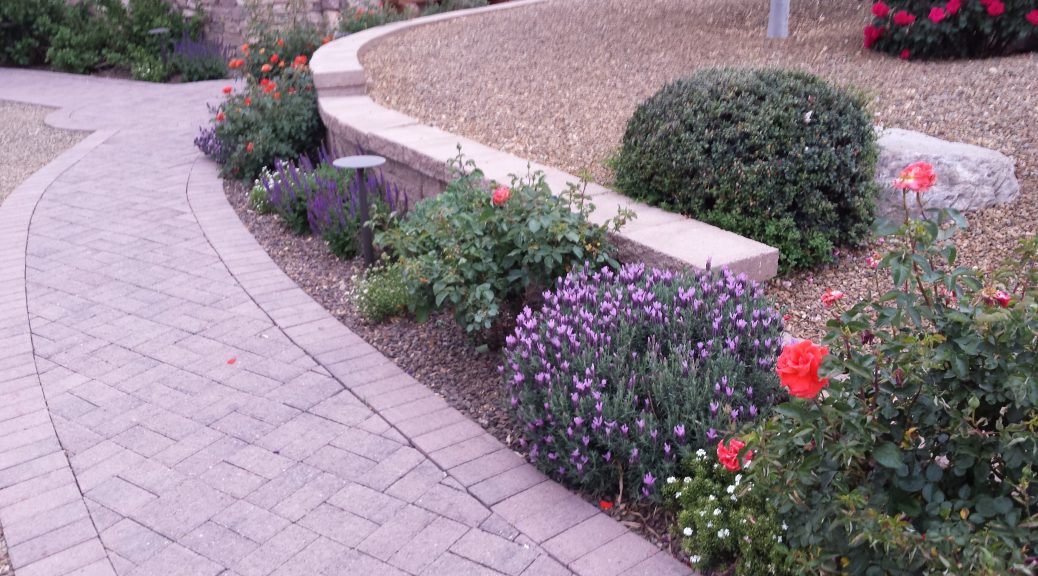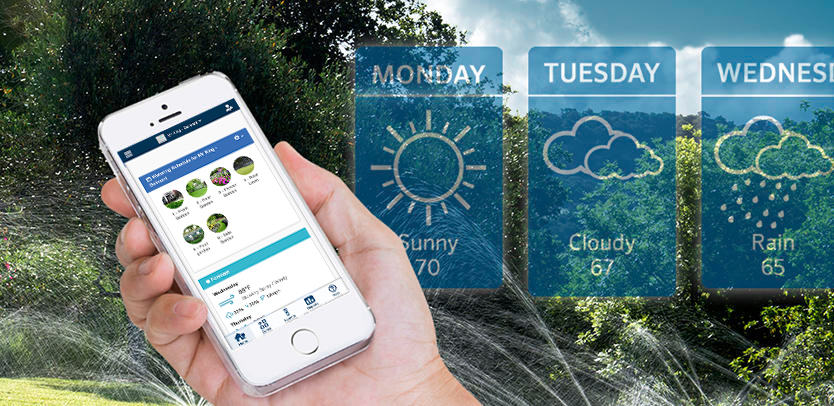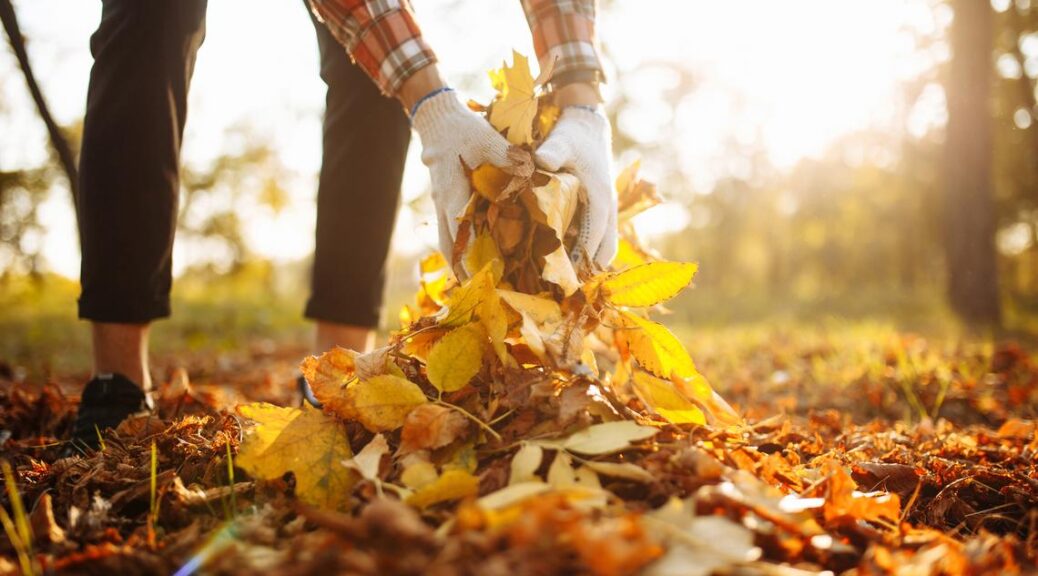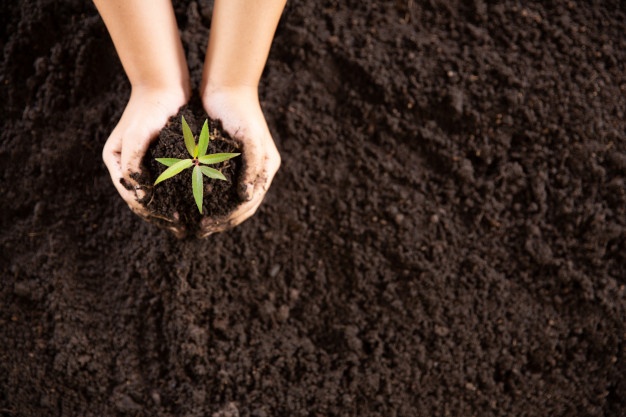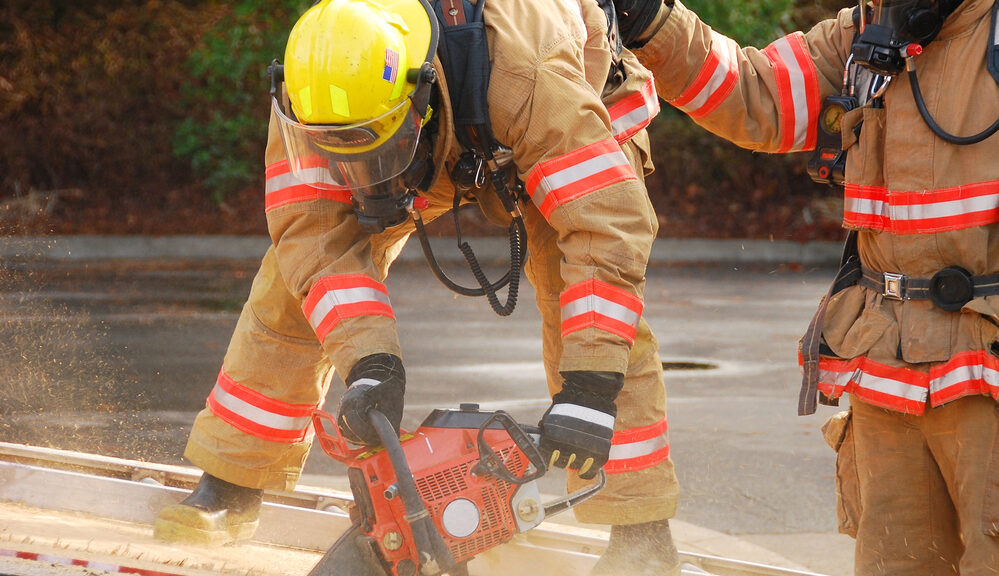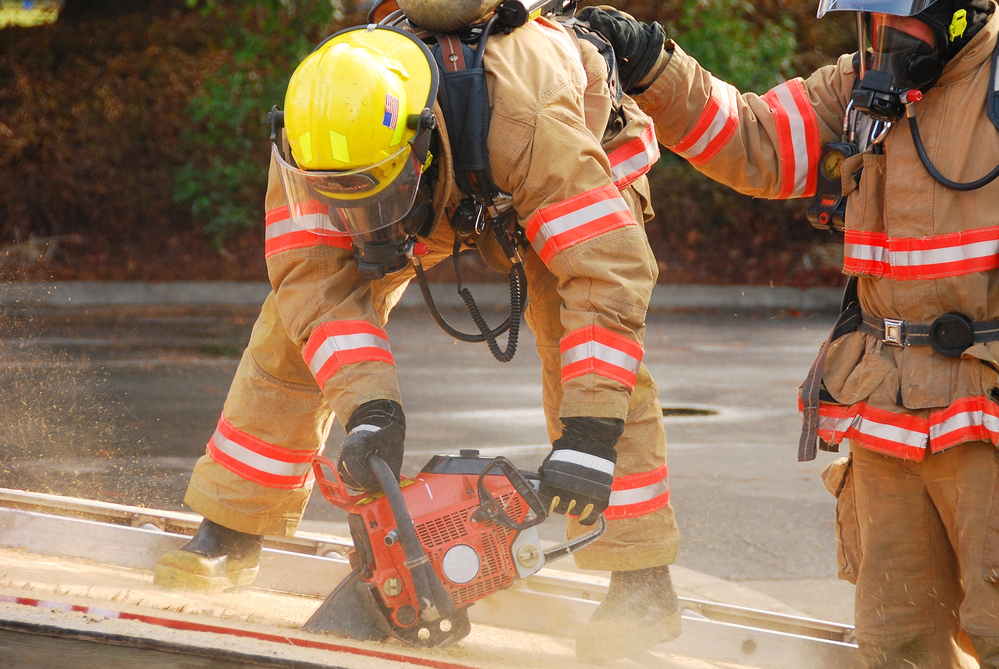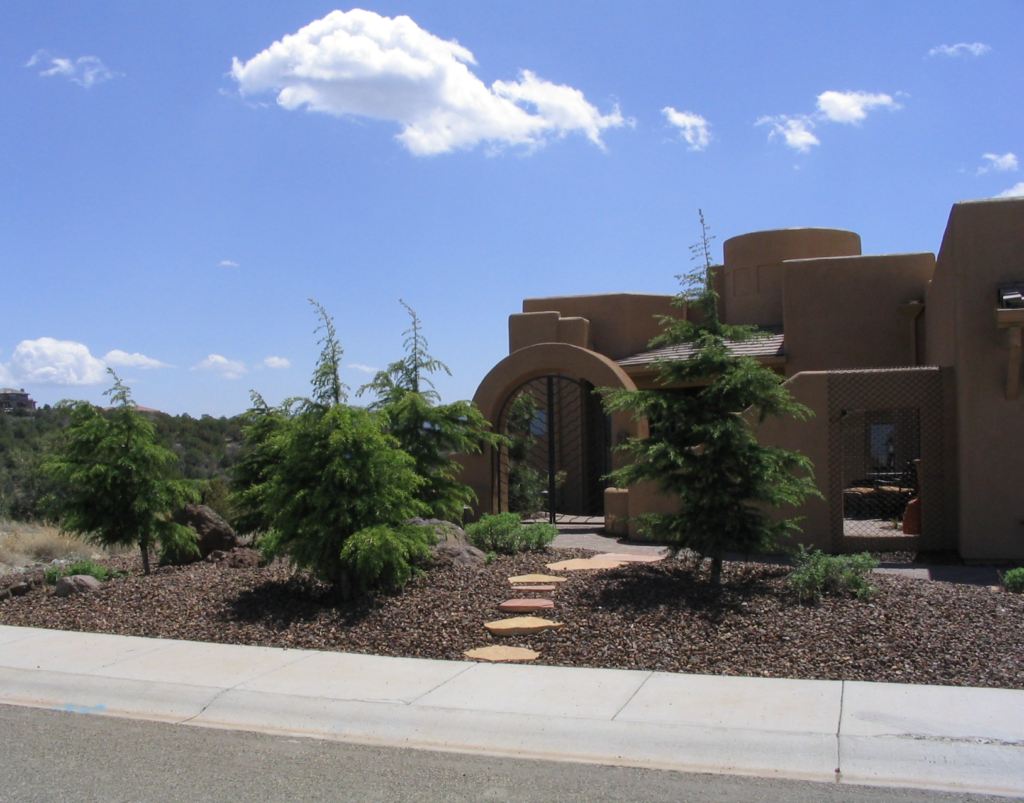
Living in Arizona presents unique challenges when it comes to landscaping due to the intense summer heat and limited water resources. However, with the right strategies, you can design a stunning and drought-tolerant landscape that thrives in Arizona’s climate. In this blog post, we’ll explore the essentials of creating a water-efficient landscape in Arizona, helping you beat the heat and transform your outdoor space into a resilient oasis.
Choose Native Plants Adapted to Arizona’s Climate:
Native plants are well-suited to Arizona’s arid conditions and require minimal water once established. Embrace a variety of native species like Desert Marigold, Purple Sage, and Agave to create a visually appealing landscape that can withstand the desert heat. These plants not only conserve water but also support the local ecosystem.
Implement Efficient Irrigation Systems:
To minimize water waste, opt for efficient irrigation systems such as drip irrigation or micro-sprinklers. These systems deliver water directly to the roots, reducing evaporation and ensuring optimal water usage. Consider integrating smart irrigation controllers that adjust watering schedules based on weather conditions, further conserving water resources.
Strategically Plan Plant Placement:
Proper plant placement is key to a water-efficient landscape. Group plants with similar water requirements together in hydrozones, ensuring efficient water usage. Place high-water-use plants in areas that can be easily irrigated separately, while grouping drought-tolerant plants in zones that require less water. This approach prevents overwatering or underwatering and promotes healthier plant growth.
Utilize Mulch and Rock Features:
Mulching and incorporating rock features offer multiple benefits in a drought-tolerant landscape. Apply a layer of organic mulch or landscape rock around plants to reduce evaporation, suppress weed growth, and retain soil moisture. Additionally, utilize decorative gravel or rocks in areas where plants may struggle to thrive, minimizing the need for irrigation and adding visual interest to your landscape.
Create Shade and Integrate Hardscaping:
Integrate shade structures, such as pergolas or strategically planted trees, to provide relief from the intense Arizona sun. These features not only reduce water evaporation but also create comfortable outdoor spaces. Consider incorporating hardscaping elements like patios and decks to minimize water-dependent vegetation while adding functional and visually appealing areas for relaxation and entertainment.
Conclusion:
Designing a drought-tolerant landscape in Arizona is both environmentally responsible and visually captivating. By choosing native plants, implementing efficient irrigation systems, strategically placing plants, utilizing mulch and rocks, and incorporating shade and hardscaping, you can create a resilient outdoor space that thrives despite the arid conditions. For professional guidance and assistance in transforming your landscape, call Vicente Landscaping at 928-636-1601. Beat the Arizona heat and create a beautiful, water-wise oasis for your enjoyment during summer and throughout the year.




